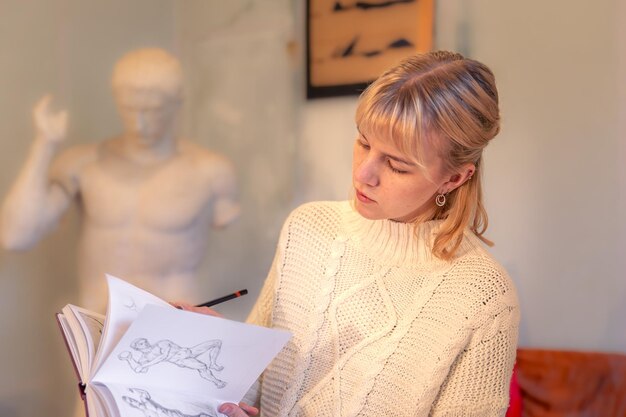
Sponsored article
The Renaissance period was a time of profound cultural interactions and influences that reshaped Europe and left a significant imprint on future generations. During this era, Europe experienced an unprecedented exchange of ideas, art, and scientific knowledge that crossed borders and transcended cultural barriers. These interactions not only enriched the artistic and intellectual achievements of the time but also paved the way for modern advancements. In exploring these cultural exchanges, we uncover the vibrant tapestry of influences that defines the Renaissance.
The Renaissance period was a vibrant era characterized by extensive cultural exchange, which played a pivotal role in shaping Renaissance art. Artists of the time, eager to explore new ideas and aesthetic elements, often incorporated cross-cultural influences into their work, enriching the art of the Renaissance with diverse techniques and styles. As trade routes expanded and connections with distant lands deepened, Renaissance artists gained access to a wealth of artistic traditions. This cross-cultural exchange allowed them to experiment with a variety of artistic techniques, borrowing from the rich tapestries of Islamic, Asian, and African cultures. These encounters broadened their perspectives and fueled the creativity that defined the era’s art.
One notable example is the incorporation of linear perspective, a technique revitalized through exposure to both mathematical principles from the Islamic world and ancient Greek and Roman works. Artists like Leonardo da Vinci and Albrecht Dürer showcased these influences, evident in their detailed works that demonstrated a mastery of depth and realism. Furthermore, the use of vibrant color palettes and intricate pattern work, reminiscent of Eastern art, can be observed in various Renaissance paintings and textiles. This amalgamation of styles and techniques not only enriched Renaissance art but also paved the way for a more interconnected world of artistic innovation.
During the Renaissance period, translation served as a critical bridge in the exchange of knowledge and literary works between diverse cultures, fostering unprecedented cultural interactions and influences. As scholars and translators worked tirelessly to render texts from Greek, Arabic, and Latin into vernacular languages, Renaissance literature experienced a profound transformation. This vibrant era of translation allowed previously inaccessible works, such as those of Aristotle, Plato, and Avicenna, to permeate European thought, thereby altering the trajectory of literature and philosophy. These translated works fueled a significant cultural impact by providing fresh insights and igniting intellectual curiosity across Europe.
The cultural influences facilitated by this knowledge exchange were instrumental in shaping the intellectual landscape of the Renaissance. Translated texts not only expanded Europe’s literary canon but also introduced new philosophical ideas that challenged pre-existing paradigms. The incorporation of these ideas into Renaissance literature resulted in a fusion of styles and themes that enriched the period’s creative output. This dynamic interaction underscored the importance of translation, which was pivotal in the dissemination of ideas and the advancement of cultural and intellectual growth during the Renaissance.
The Renaissance era was a pivotal period for the spread of scientific ideas, primarily due to vibrant cultural interactions that transcended geographical boundaries. Renaissance science blossomed as a result of extensive knowledge transfer between different cultures, notably facilitated by the translation and dissemination of works from classical antiquity. Key figures such as Nicolaus Copernicus, whose heliocentric model challenged existing paradigms, and Leonardo da Vinci, with his multidisciplinary approach to science and art, exemplified the fusion of knowledge that characterized this era. The exchange was not limited to Europe; the intellectual traditions of the Islamic world, preserved through Arabic translations of ancient texts, played a significant role in this transformative process.
This rich cross-cultural exchange laid crucial groundwork for the forthcoming Scientific Revolution. As scholars like Galileo Galilei and Johannes Kepler built upon the Renaissance science of their precursors, they harnessed the diverse insights that had come from a confluence of cultures. Cultural interaction, therefore, was instrumental in creating a tapestry of knowledge that advanced scientific thought. This period of dynamic interaction marked a shift towards a more empirical and systematic approach to understanding the natural world, priming Europe for the evolutionary leap in science that characterized the Scientific Revolution.